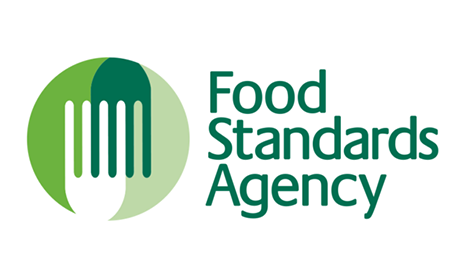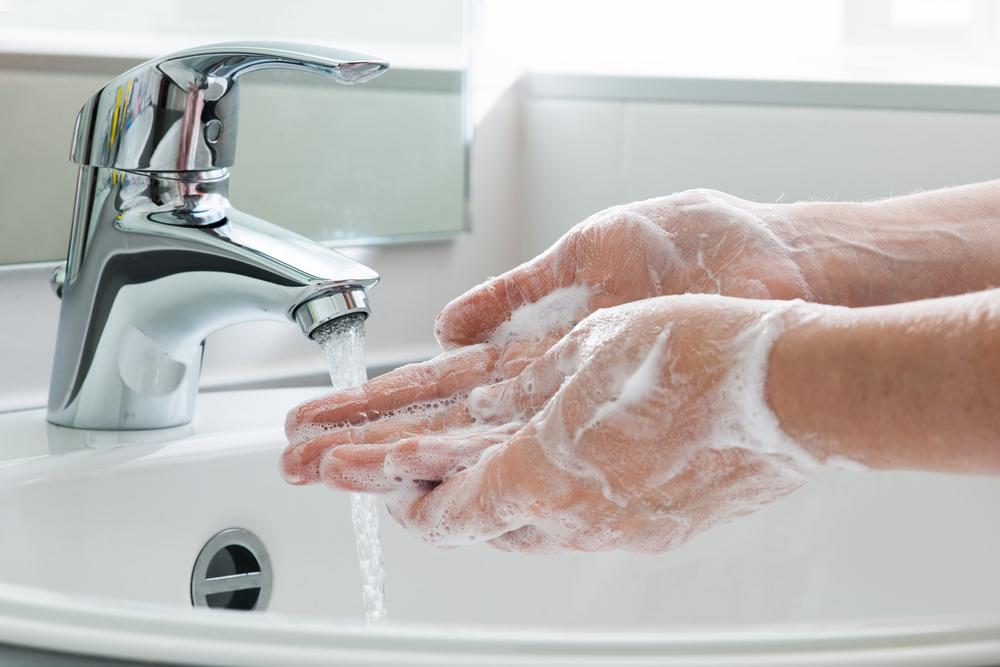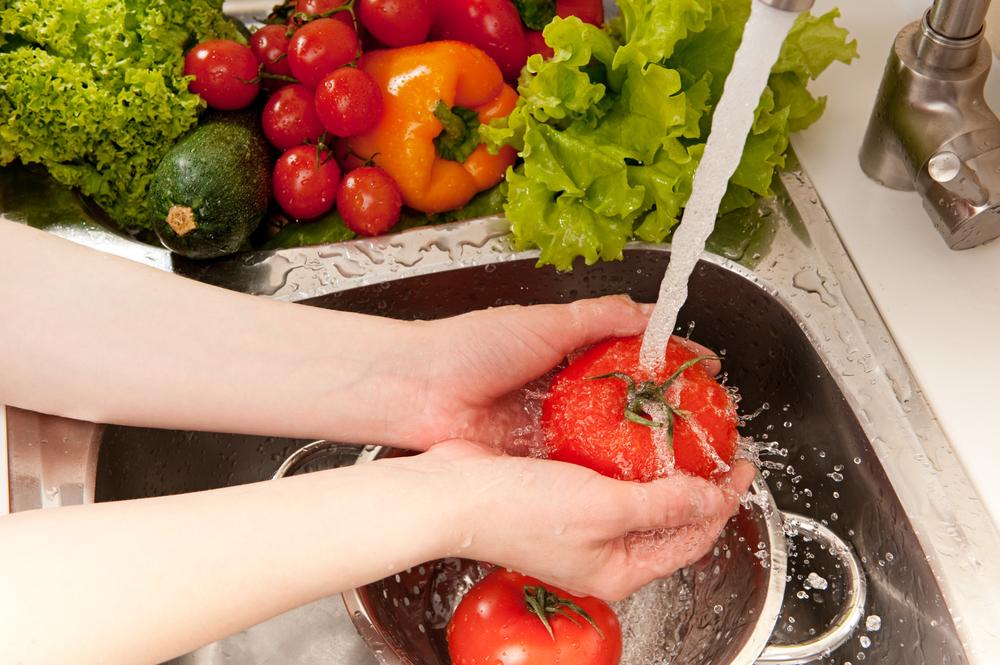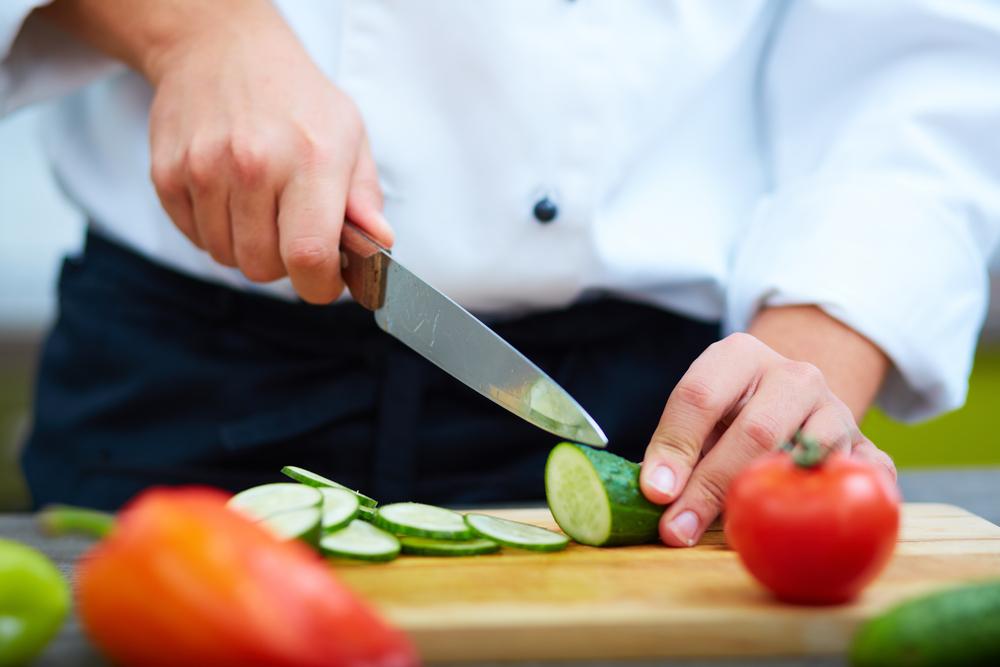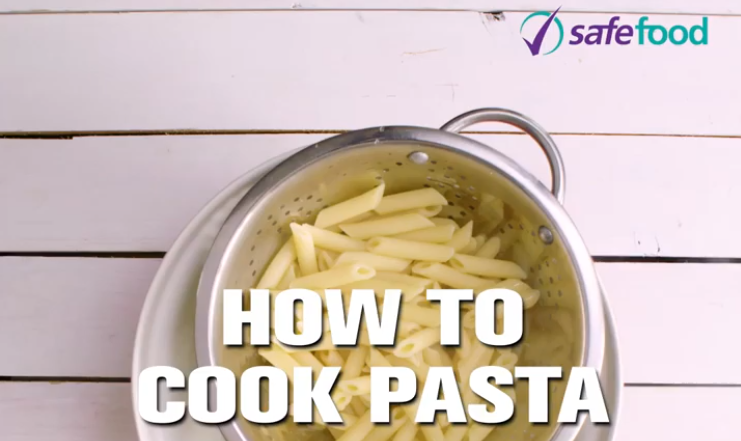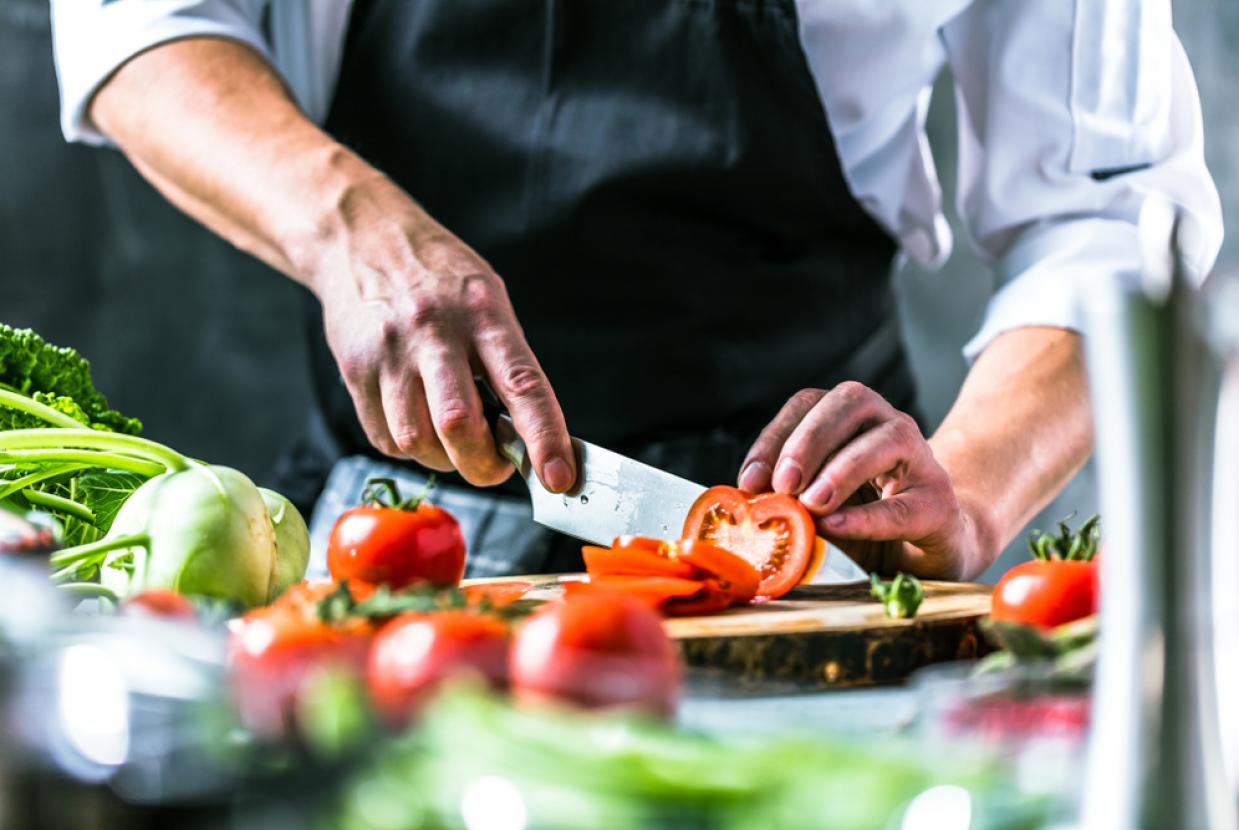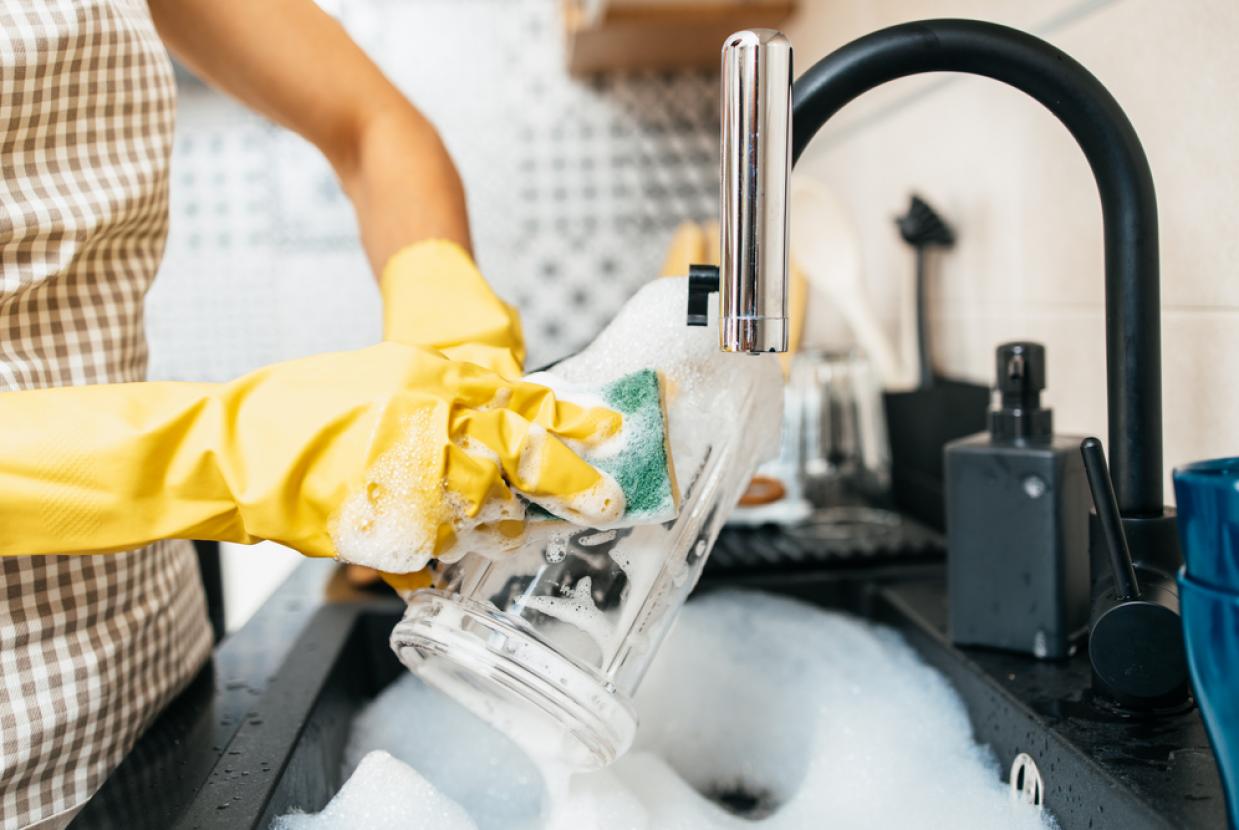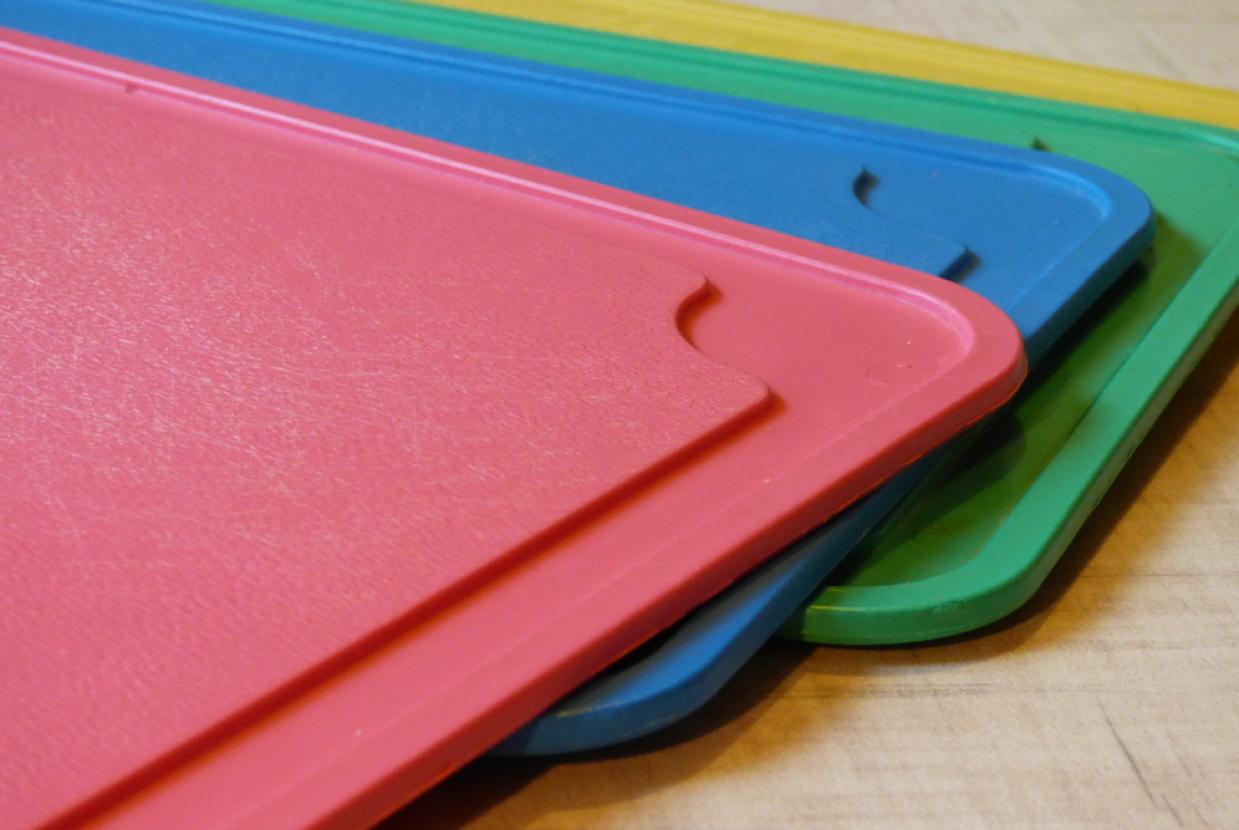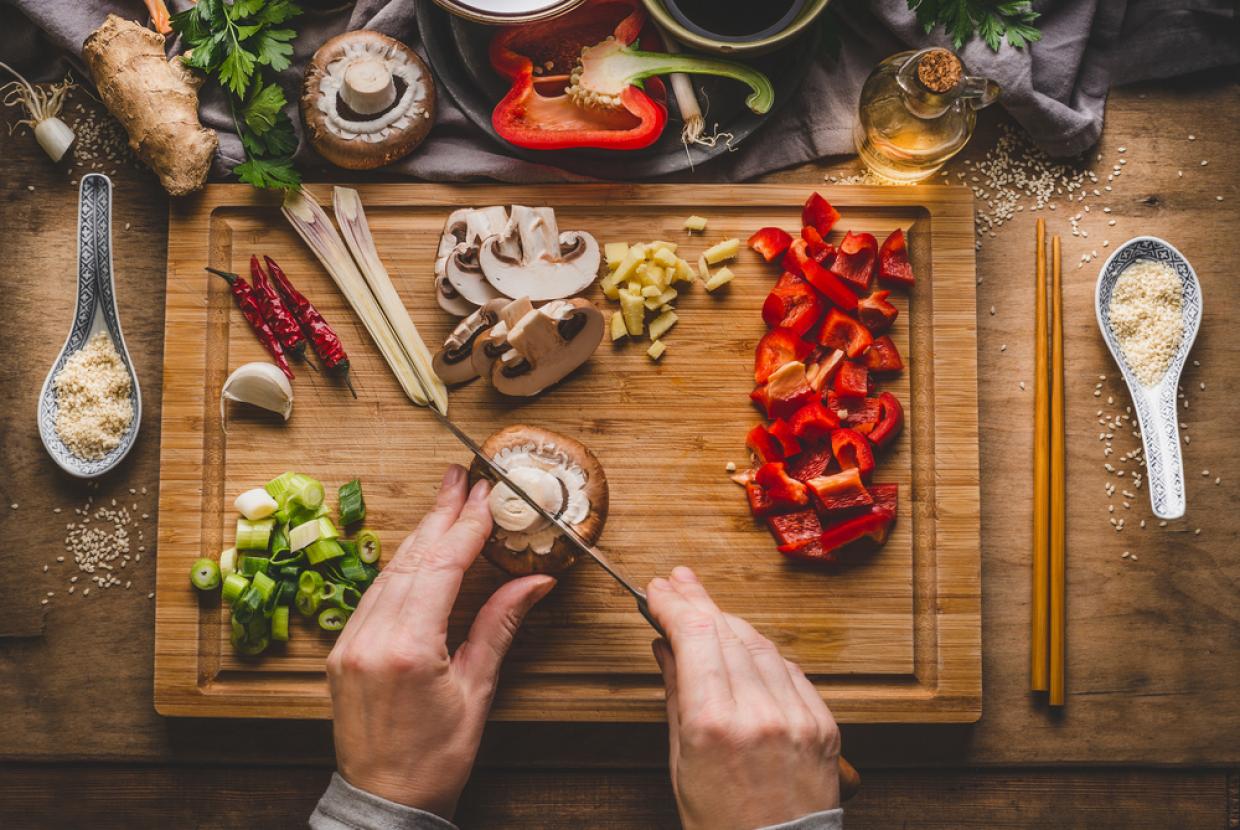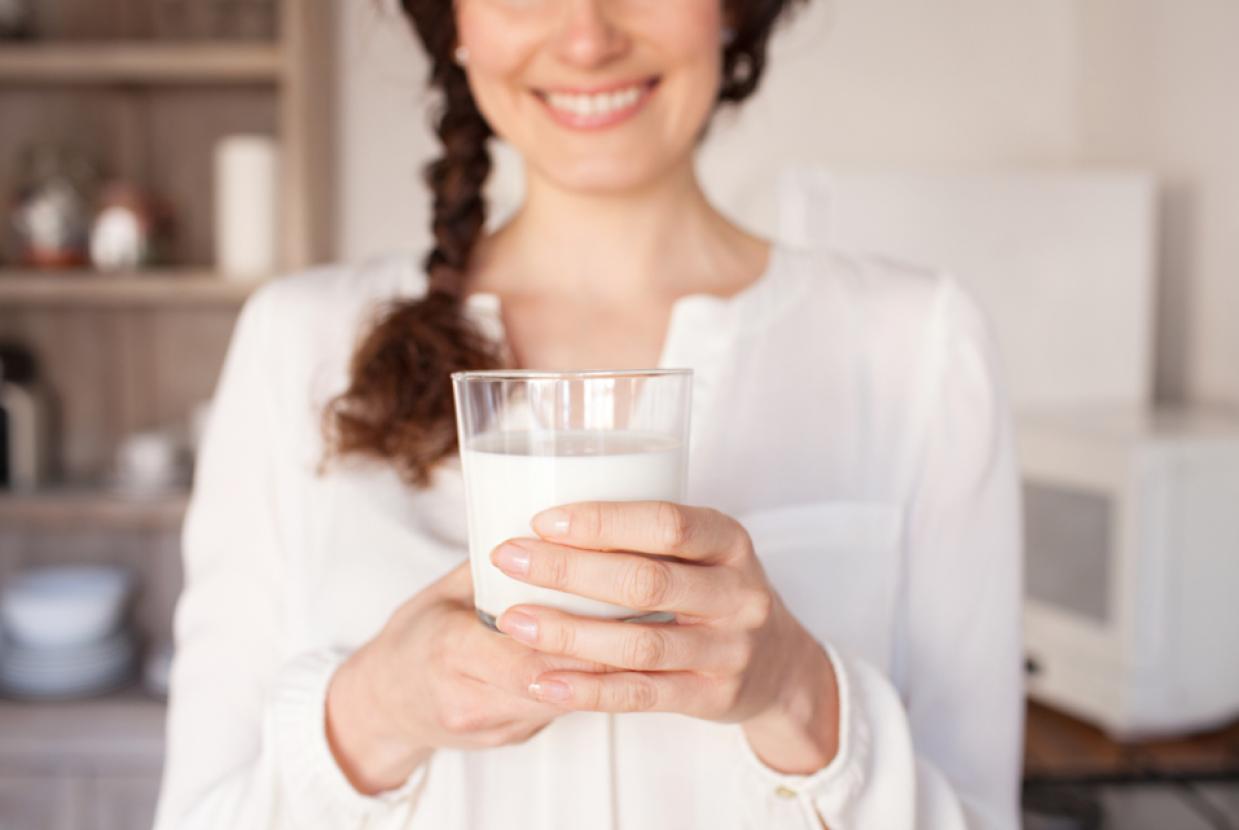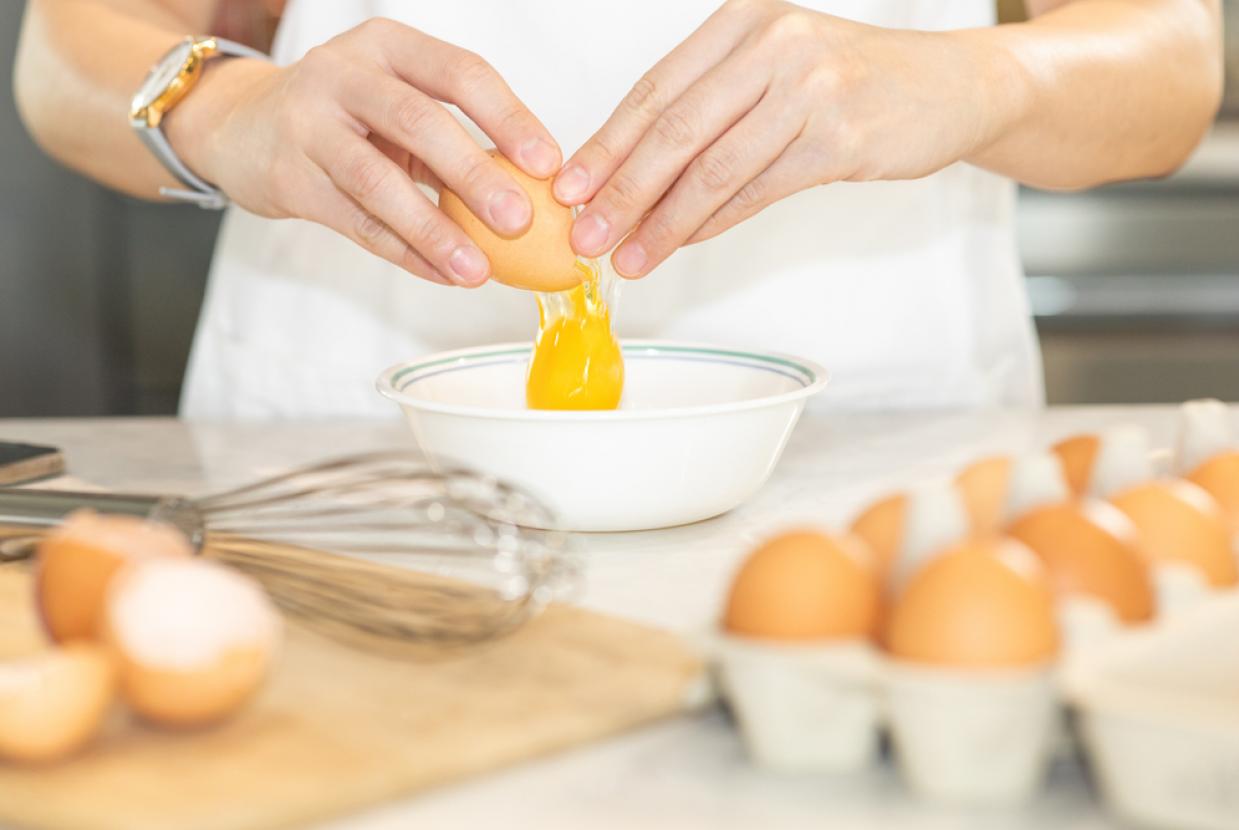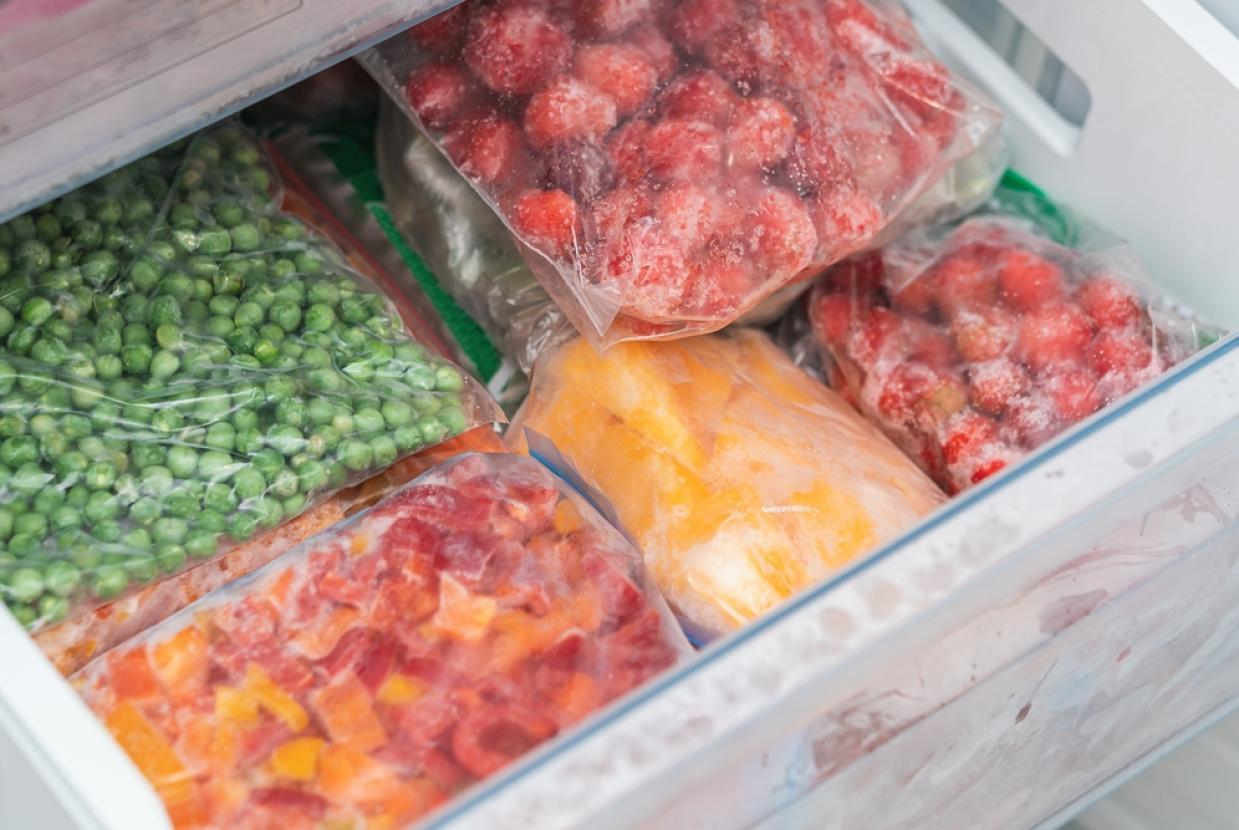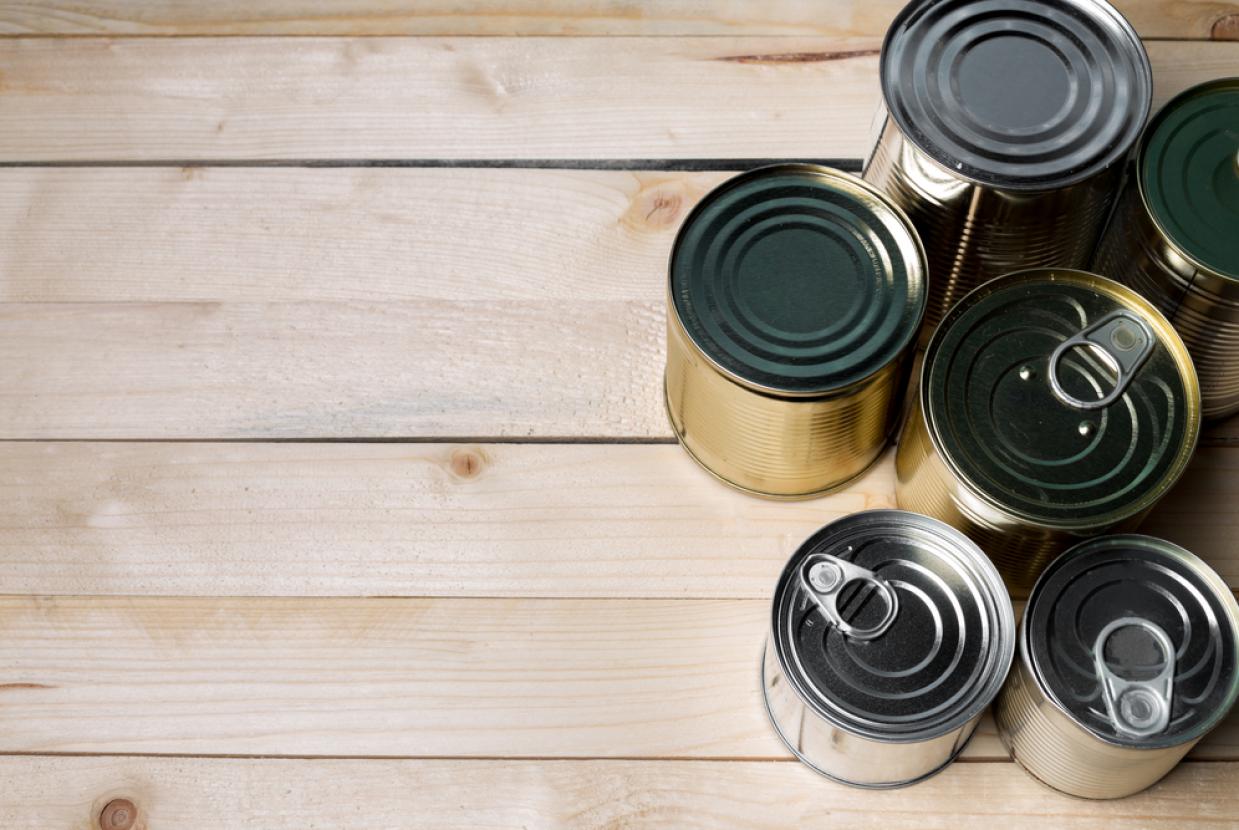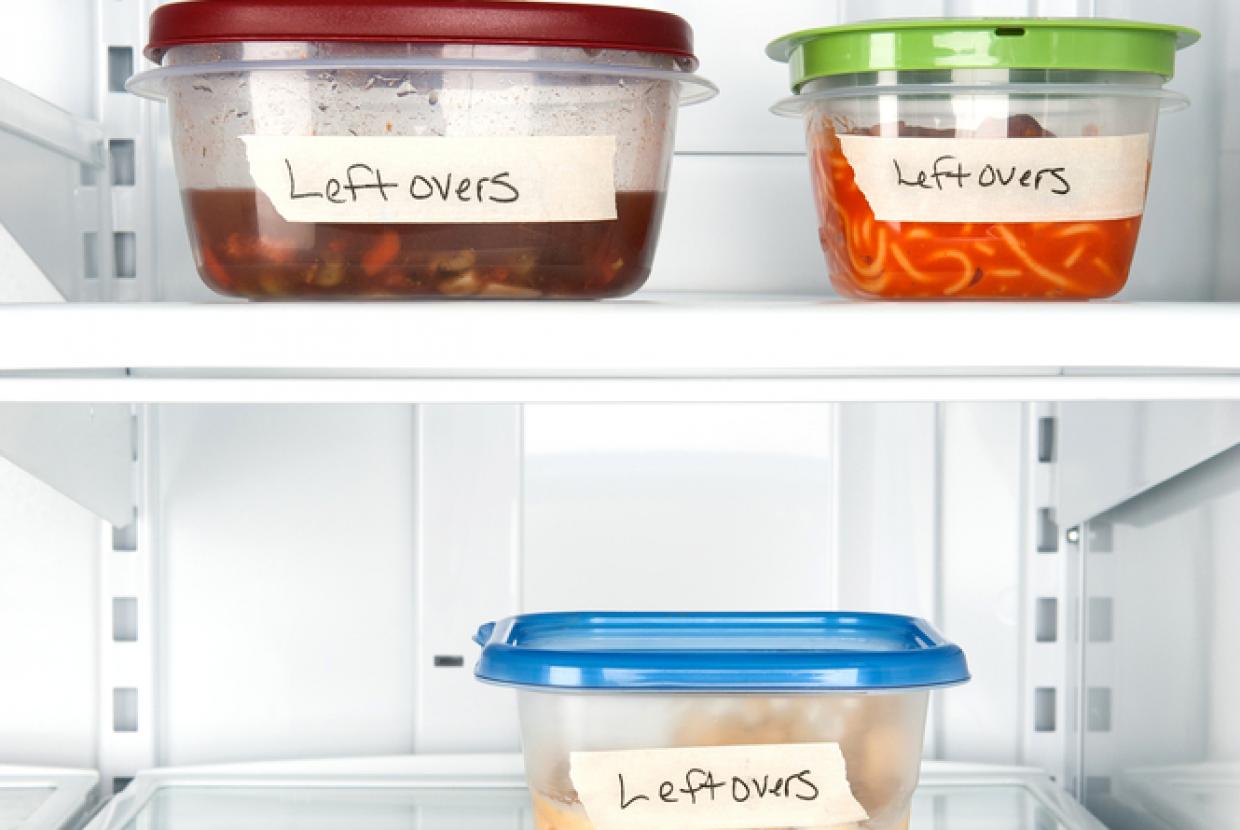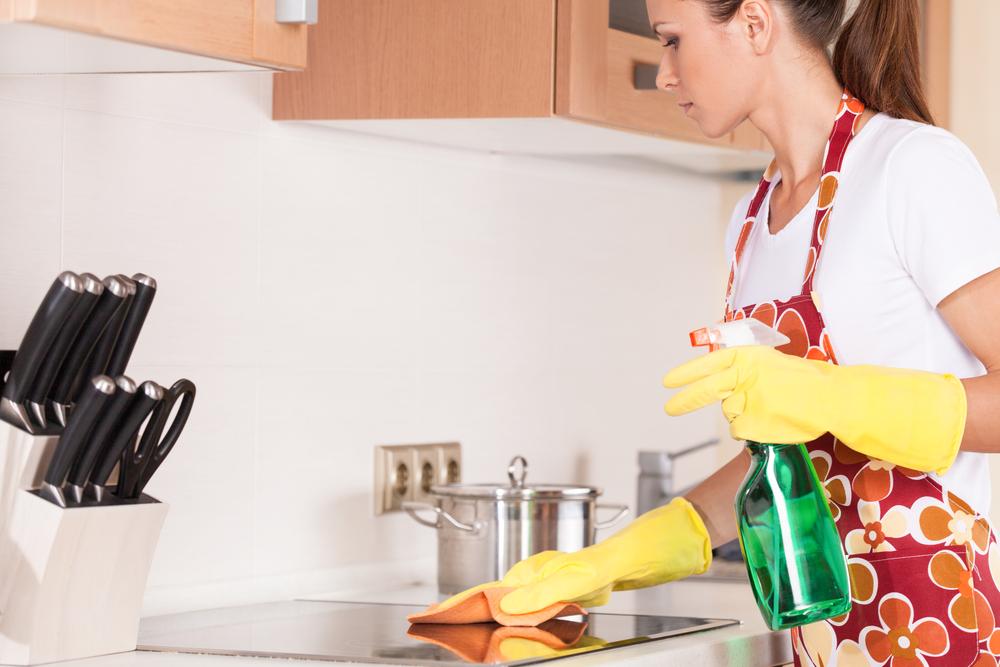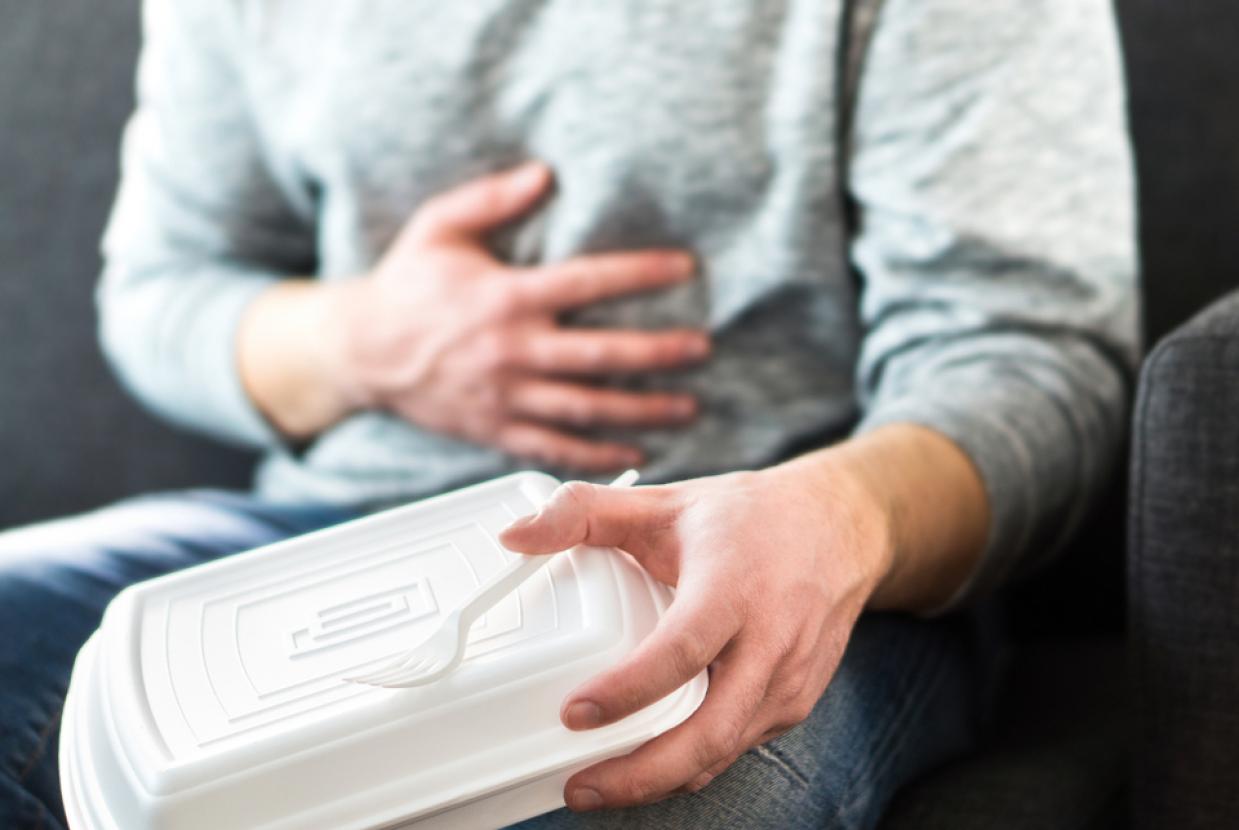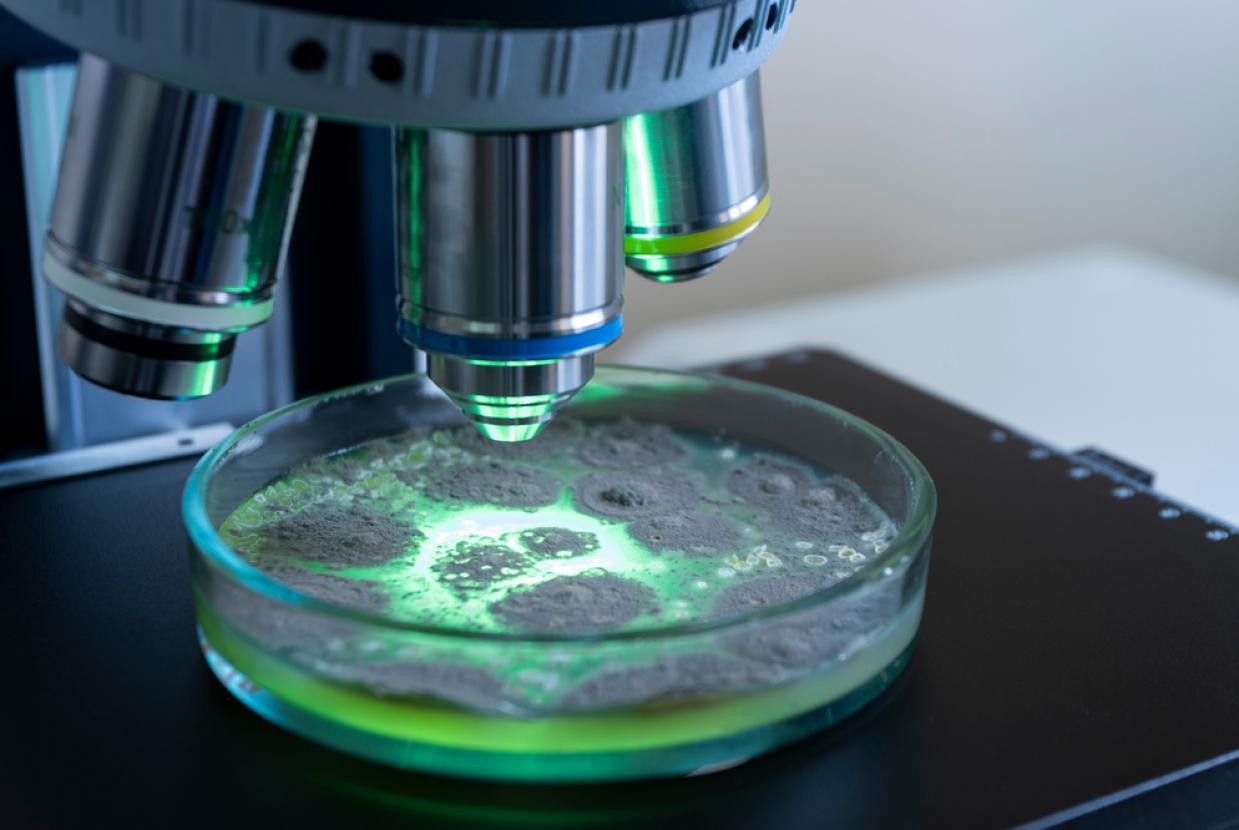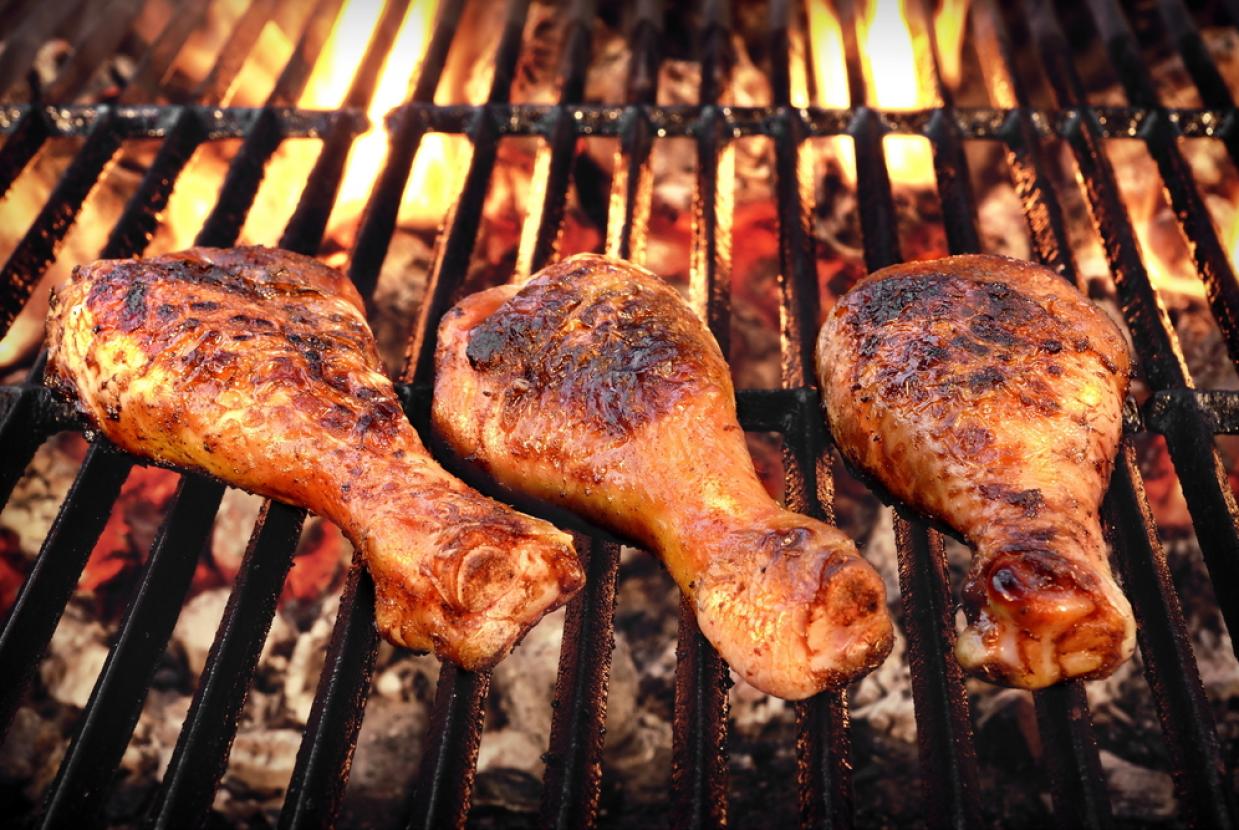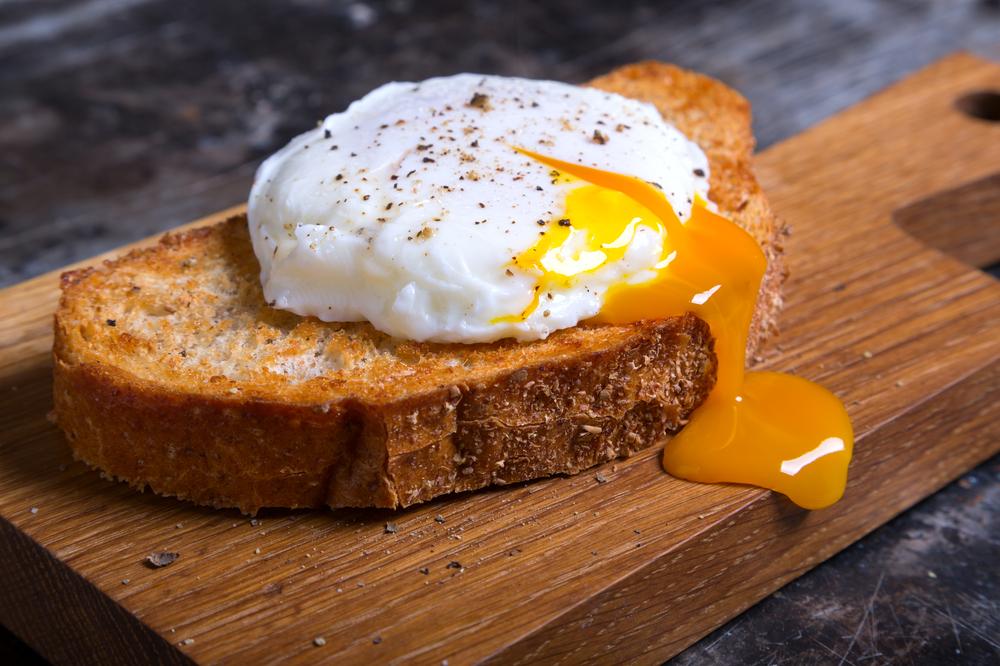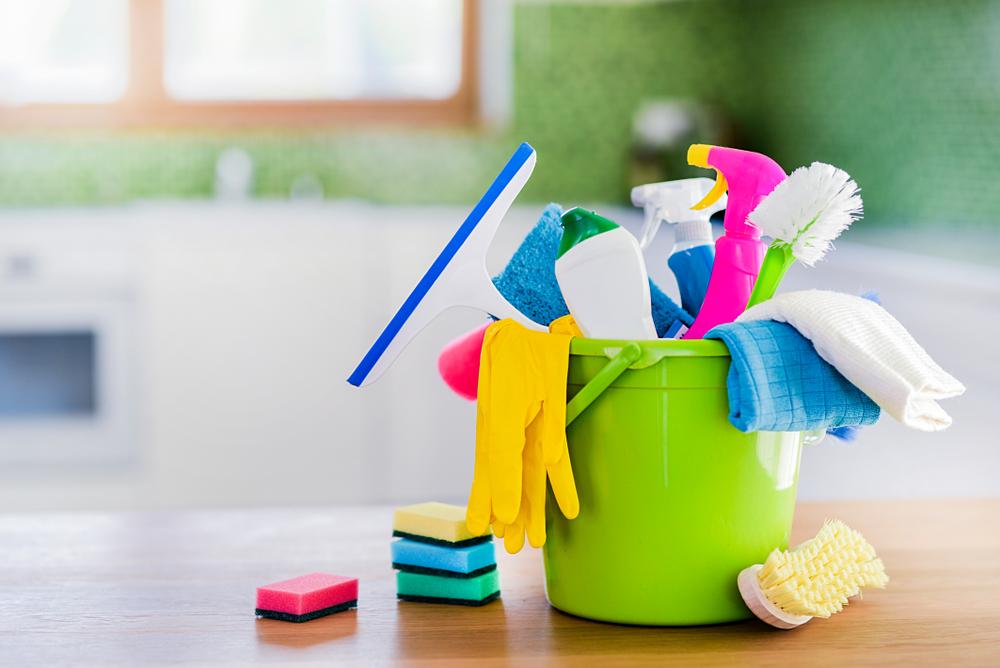Best Before and Use By Date
Food SafetyFood may contain bacteria and if stored for too long or at the wrong temperature, can cause food poisoning. So it’s important to understand the different types of dates and advice on food packaging.
Use by dates are about safetyA use by date on food is about safety. This is the most important date to remember. Foods can be eaten until the use by date but not after. You will see use by dates on food that goes off quickly, such as meat products or ready-to-eat salads.
For the use by date to be a valid guide, you must carefully follow storage instructions. For example, if the instructions on the packaging tell you to refrigerate after opening, you should keep the food in a fridge at 5°C or below. Find out more about chilling your food correctly.
After the use by date, don't eat it, cook it or freeze it. The food could be unsafe to eat or drink, even if it has been stored correctly and looks and smells fine. A lot of foods, including meat and milk, can be frozen before the use-by date though so plan ahead.
Best before dates are about qualityThe best before date, sometimes shown as BBE (best before end), is about quality and not safety. The food will be safe to eat after this date but may not be at its best. Its flavour and texture might not be as good. Best before dates appear on a wide range of foods including:
- frozen foods
- dried foods
- tinned foods
The best before date will only be accurate if the food is stored according to the instructions on the packaging.
Charity food banksIf you are supplying people with packaged food from a food bank, you still need to check and follow the use by dates.
Giving out food after its ‘use by’ date puts people at risk, and could lead to enforcement action being taken against the food bank.
Plan your meals aheadGet into the habit of checking what you already have in the fridge and freezer before you go shopping. Look out for foods that are approaching their use-by date and other fresh foods that can go off over time and try to use them up first. This includes:
- fruit and vegetables
- meat and fish
- cheese, milk or other dairy products
Food can look and smell fine even after its use by date, but that doesn't mean it's safe to eat. It could still be contaminated.
You cannot see, smell or taste the bacteria that cause food poisoning.
Freeze and defrost your food correctlyFood properly frozen won’t deteriorate and bacteria cannot grow in it, so when frozen it can’t become more unsafe. Once defrosted however, the pause button is off. Only defrost food as you need it and eat it within 24 hours. Find out more about freezing and defrosting food.
Once food has been defrosted, use it within 24 hours and cook it until steaming hot before serving.
Check packet instructions to ensure that foods are suitable for freezing, especially for Ready-To-Eat foods.
Take a look at Love Food Hate Waste for more information, including recipe ideas for leftovers.


